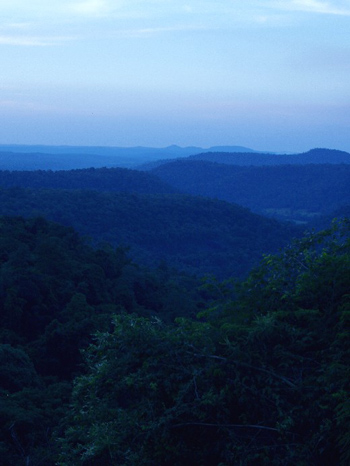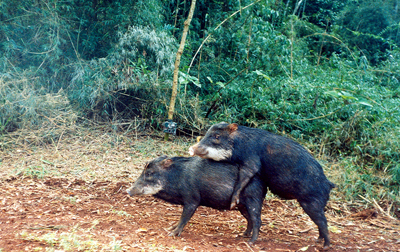South America: Disappearing monkeys means a shrinking forest
12.08.09
Natural regeneration of the critically endangered Atlantic Forest of Brazil, Paraguay and Argentina may be adversely affected by the disappearance of frugivorous animals from the forest.
Atlantic Forest or Mata Atlantica is classified as one of the world's biodiversity hotspots because of its wealth of wildlife, much of which is strictly endemic to the eco-region.
 It is estimated that less than 10 per cent of the original forest cover
remains and what is left is hideously fragmented by logging, agriculture, pine plantations and cattle ranching.
It is estimated that less than 10 per cent of the original forest cover
remains and what is left is hideously fragmented by logging, agriculture, pine plantations and cattle ranching.
Despite efforts to restore the forest much faith has been put in the ability of the forest to regenerate naturally (where allowed). Because of the extreme fragmentation of Atlantic Forest it is increasingly vulnerable to the "edge effect"; a phenomenon that means the forest interior is badly affected some distance from the physical edge.
But new research published in Tropical Conservation Science has shown that where golden lion tamarins - an important primate in Brazilian Atlantic Forest - have disappeared there is less opportunity for natural regeneration of tree species.
As tamarins operate in all major habitat types in Atlantic Forest - forest edge, secondary forest and interior forest - they are crucial to the flow of genetic material between habitat types.
The decrease in frugivores - including peccary, tapir and monkeys - due to hunting and habitat loss seems certain to limit the regenerative ability of the landscape and poses a new threat to this already abused habitat.

White-lipped peccaries in bamboo infested secondary Atlantic Forest doing their best to reverse frugivore population decline